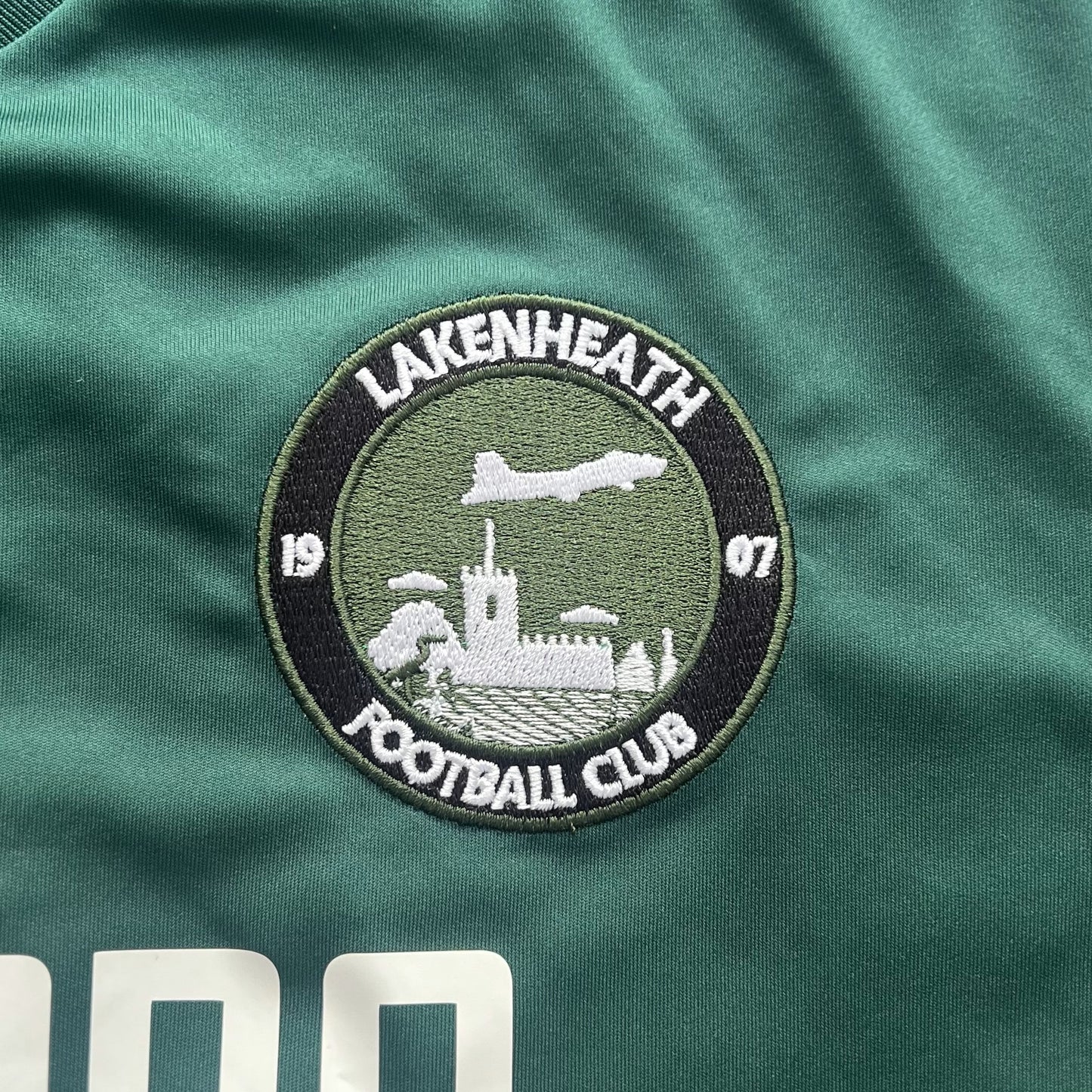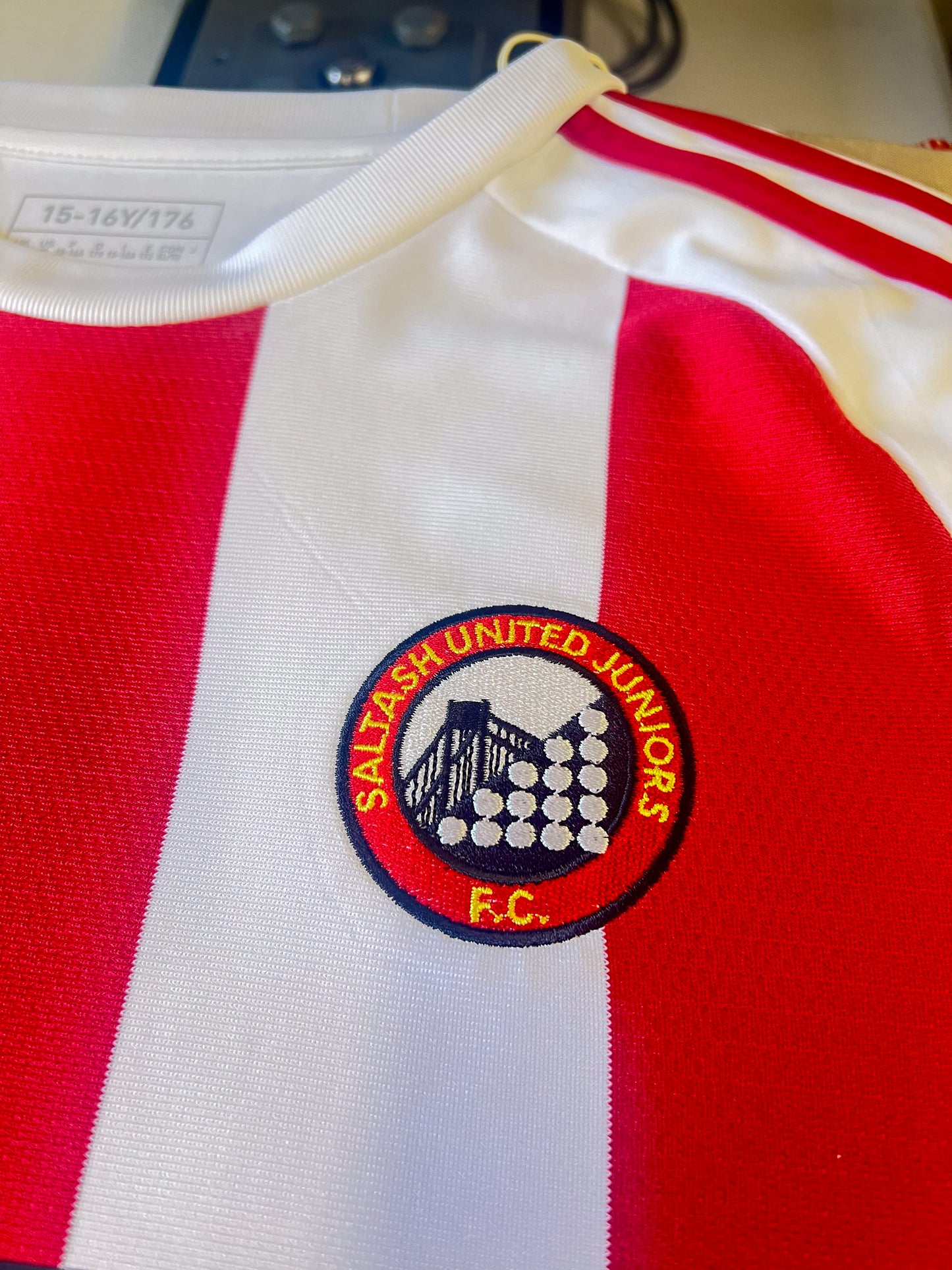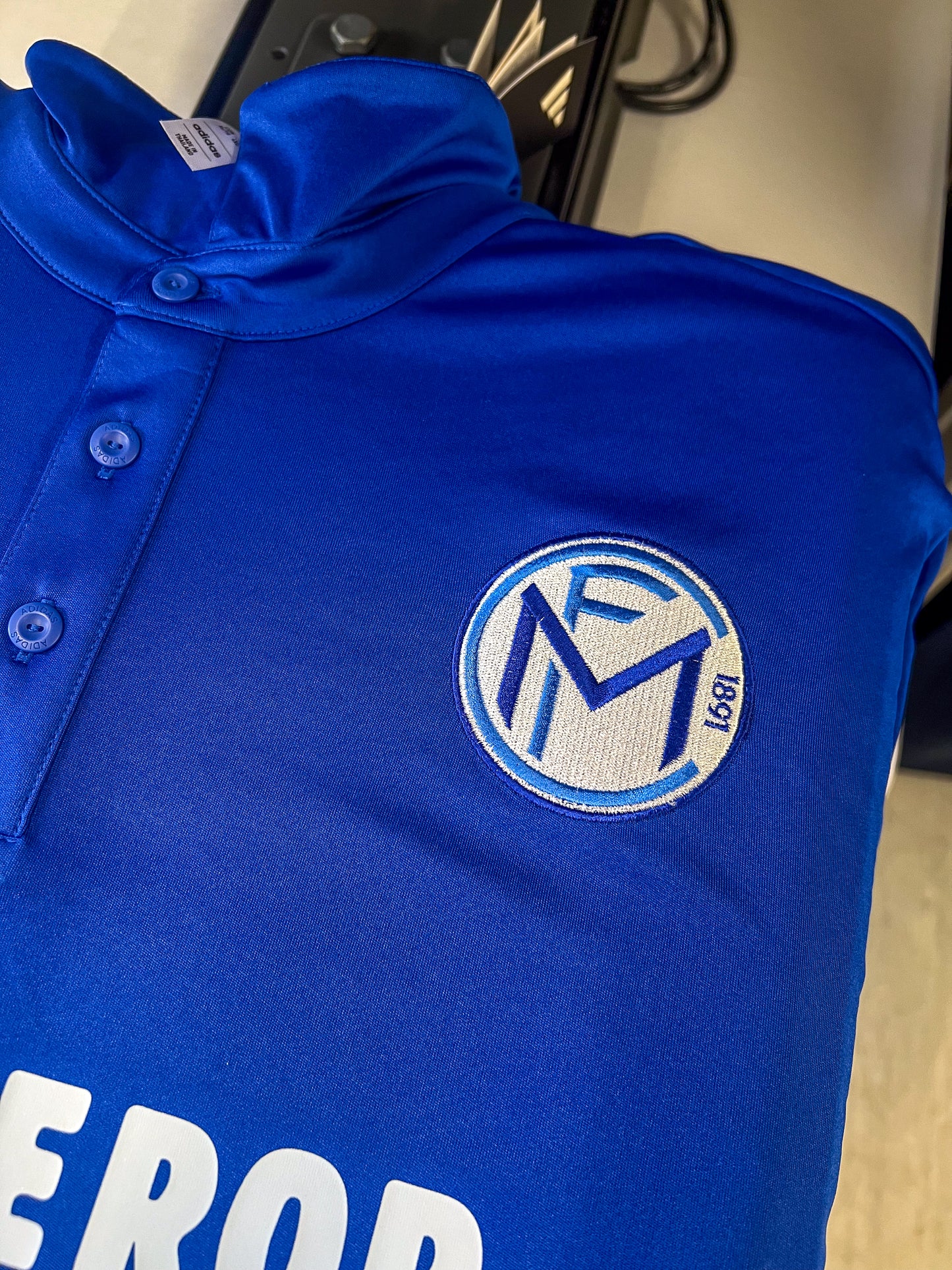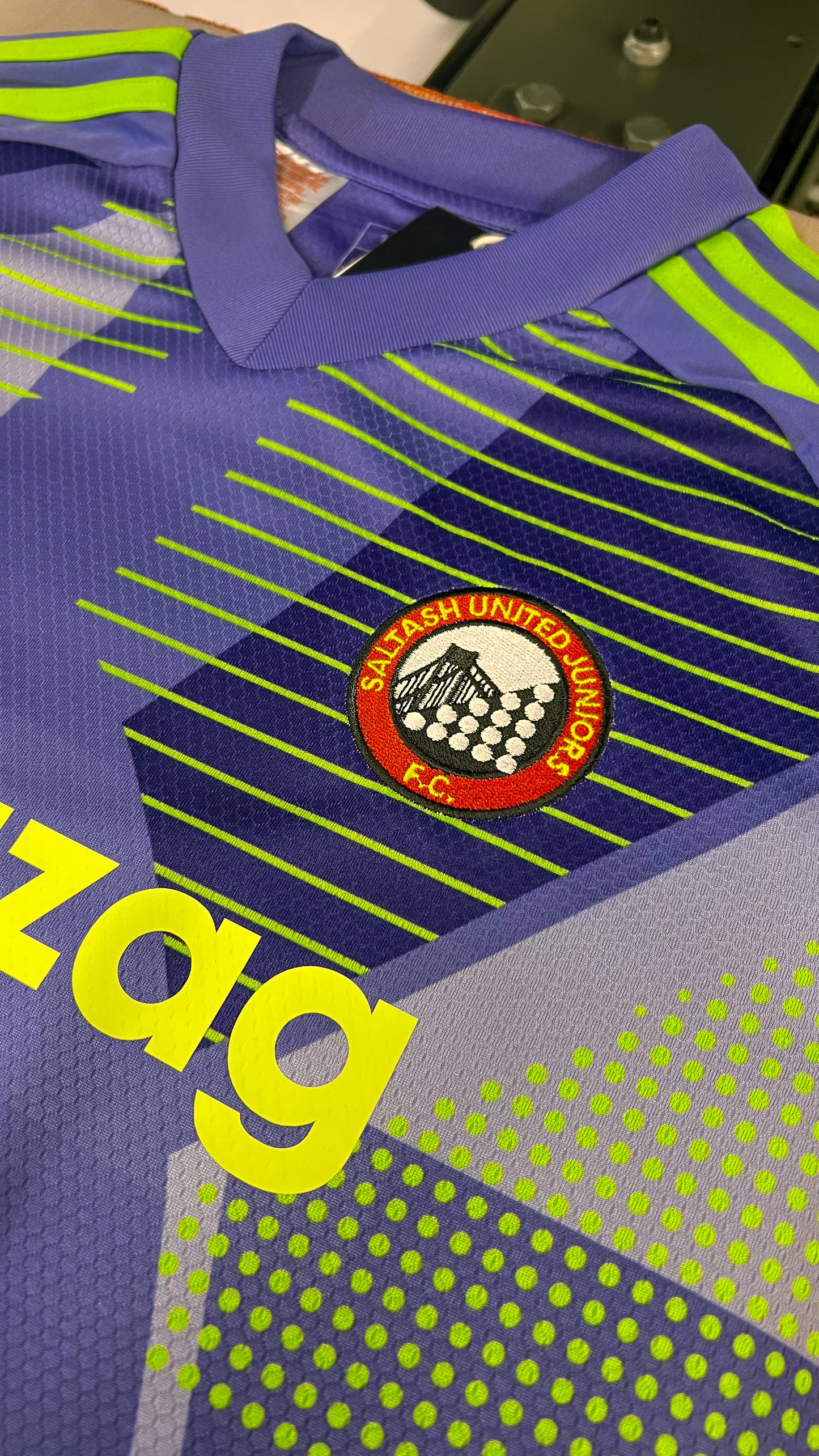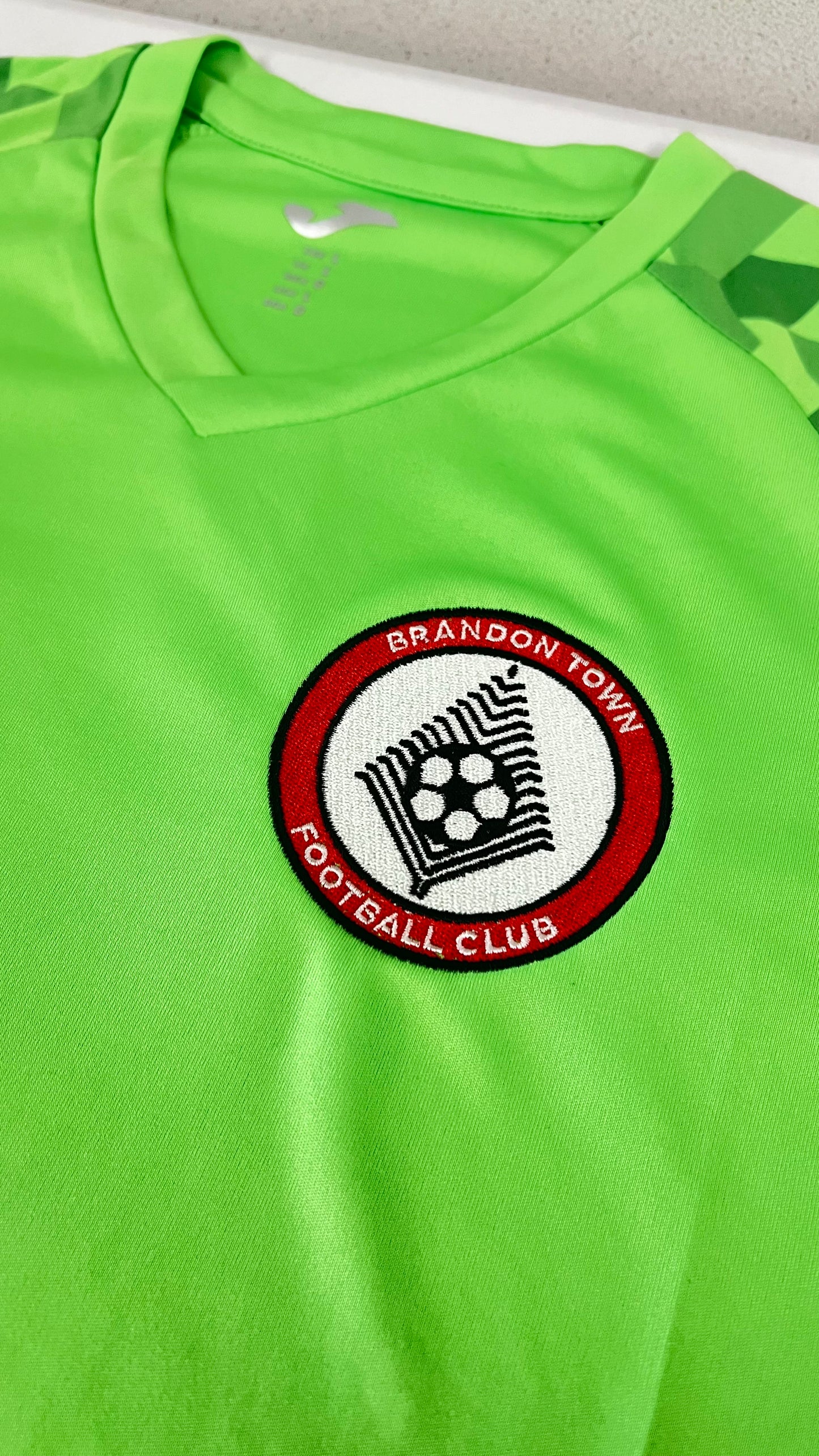embroidery, embroidered patch, textile, iron, patch, sewing, twill, machine embroidery, heat press, adhesive, velcro, cotton, machine, badge, customer, leather, instant quote, proof, price, plastic, email address, jpeg, gear, emblem, law enforcement, button, denim, brand, jacket, flag patch, customer service, polyester, law, inch, shopping cart, safety pin, unit price, laser, uniform, add to cart, free quote, appliqué, accessibility, sublimation, die casting, hard enamel, ordering custom patches, custom patches, hard enamel pins, skip to content, production, woven patches, custom made patches, custom logo patches, custom sew on patches, custom embroidered patches no minimum, create your own patch, embroidered logo patches, custom police patches, custom name patches, embroidered name patches, custom shirt patches, custom embroidered badges, custom embroidered patches, custom woven patches, custom patch design, custom printed patches, embroidered name badges, custom made embroidered badges, metal, cart, embroidery badges, customs, merit badge, army, quick custom patches, lanyard, height, aviation, silver, satin stitch, satin, custom pvc patches, embroidery patches online, custom embroidery patches no minimum, custom embroidered velcro patches, custom embroidery patches near me, heat press embroidery patches, design your own embroidered patch, embroidery heat transfer patches
How to make a badge on embroidery machine?
Making a badge on an embroidery machine involves designing your badge digitally, selecting the right fabric and thread, setting up the machine, and then stitching the design onto the fabric.
How do I make my own embroidery patches?
Making your own embroidery patches involves designing your artwork, choosing appropriate fabric and thread, and using an embroidery machine or hand-stitching techniques. Once your design is ready, secure the fabric, and stitch your design to create a custom patch.
How to use an embroidery design to make a patch or badge?
Using an embroidery design to make a patch or badge involves selecting your desired design, digitizing it for embroidery, and then stitching it onto fabric. Once done, the patch can be cut out, finished with backing, and attached to clothing or accessories.
What thread to use for embroidery badges?
The appropriate thread for embroidery badges is typically polyester or rayon, as these materials provide durability, vibrant color, and resistance to fading. Choose threads that complement your badge design for the best results.
What materials are needed for embroidery badges?
The materials needed for embroidery badges include high-quality fabric as the base, embroidery thread for the design, backing material for stability, and a needle for stitching. These components ensure a durable and visually appealing badge.
Can I use any fabric for badges?
Using any fabric for badges is not recommended, as certain materials may not hold up well during the embroidery process or affect the badge's durability. It's best to choose fabrics specifically designed for badge production to ensure quality and longevity.
How long does it take to make a badge?
The time it takes to make a badge typically ranges from 5 to 10 business days, depending on the complexity and order volume. We strive to ensure timely delivery while maintaining high-quality standards.
What are the best brands for embroidery machines?
The best brands for embroidery machines include Brother, Janome, Bernina, and Pfaff, known for their quality, reliability, and advanced features, catering to both beginners and experienced embroiderers.
Can I customize the design of a badge?
The ability to customize the design of a badge is available. Our team at EF Printing Ltd. can work with you to create a unique badge that meets your specifications, ensuring it perfectly aligns with your vision.
What types of thread work best for badges?
The types of thread that work best for badges are polyester and rayon. These materials provide durability and a vibrant finish, ensuring your embroidered badge looks great and withstands wear over time.
Is a specific needle size needed for embroidery?
A specific needle size is essential for embroidery to ensure accurate stitching and prevent damage to the fabric. The ideal size varies based on the thread and fabric used, so choosing the correct one is crucial for optimal results.
How do I transfer designs onto fabric?
Transferring designs onto fabric can be achieved through several methods, including heat transfer vinyl, screen printing, or embroidery. Each technique offers distinct finishes and durability, allowing for a range of creative expression in custom clothing.
What settings should I use for machine embroidery?
The settings for machine embroidery depend on the fabric and thread used. Typically, a stitch length of 2.5 to 3.5 mm and a tension setting around 3 to 5 work well. Always test on a fabric scrap to achieve optimal results.
Can I use a sewing machine for badges?
Using a sewing machine for badges is possible and can be an efficient way to create them. However, ensure your machine is capable of handling various fabrics and has the right settings for embroidery to achieve optimal results.
What are common mistakes in embroidery badge making?
Common mistakes in embroidery badge making include selecting inappropriate fabrics, improper digitization of designs, and failing to test the embroidery settings. These errors can lead to poor quality badges and should be avoided for the best results.
How to fix mistakes in embroidery projects?
Fixing mistakes in embroidery projects involves carefully unpicking the stitches using a seam ripper, re-evaluating the design for accuracy, and re-stitching the affected areas with the right threads to ensure a clean and polished finish.
What software is best for creating badge designs?
The best software for creating badge designs includes Adobe Illustrator for its advanced vector capabilities, CorelDRAW for ease of use, and Canva for simple drag-and-drop functionality. Each option caters to different skill levels and design needs.
Are there beginner-friendly embroidery machines available?
Beginner-friendly embroidery machines are indeed available, designed specifically to simplify the stitching process for newcomers. These machines often feature user-friendly interfaces and built-in designs, making them perfect for those just starting in embroidery.
How to choose colors for embroidery badges?
Choosing colors for embroidery badges involves considering the design's purpose, visibility, and emotional impact. Select contrasting colors for clarity, and ensure they align with your brand identity for a cohesive and appealing look.
Can I sell my homemade embroidery badges online?
You can sell your homemade embroidery badges online. However, ensure you comply with any local regulations and consider platforms that cater to handmade goods to effectively reach your audience.
What are popular badge sizes for custom orders?
Popular badge sizes for custom orders typically include 25mm, 38mm, and 50mm diameters. These sizes cater to various applications, ensuring visibility and versatility for branding or personal use.
How to clean and maintain an embroidery machine?
Cleaning and maintaining an embroidery machine involves regularly removing lint and dust, oiling moving parts, and ensuring proper needle and thread tension. Always refer to the user manual for specific maintenance instructions tailored to your model.
What techniques create textured effects on badges?
The techniques that create textured effects on badges include raised embroidery, 3D puff printing, and the use of specialty threads. These methods enhance visual appeal and add depth to the badge design, making it more distinctive.
How do I add text to my badge designs?
Adding text to your badge designs is simple. During the design process, you can select the text option and enter your desired text, adjusting the font, size, and color to meet your preferences before finalizing your design.
What type of backing is best for badges?
The best type of backing for badges depends on their intended use. For clothing, a heat seal or iron-on backing offers convenience, while a pin or clutch backing is ideal for versatility and easy attachment.
How much does it cost to start embroidery?
The cost to start embroidery can vary significantly, typically ranging from £200 to £1,500 or more, depending on equipment and materials needed, such as sewing machines, threads, and fabric.
What are the benefits of using stabilizers?
The benefits of using stabilizers include enhancing fabric stability during embroidery, preventing distortion, and ensuring precise stitching results. They also improve the overall quality of the finished product, making them essential for achieving professional-looking designs.
Can I create patches using upcycled materials?
Creating patches using upcycled materials is absolutely possible! We encourage sustainability and creativity, allowing you to design unique patches that reflect your style while reducing waste.
How to market embroidered badges effectively?
Marketing embroidered badges effectively involves showcasing their unique designs and customization options through social media, engaging with target audiences, utilizing influencer partnerships, and attending trade shows to increase visibility and drive sales.
What is the typical profit margin for badges?
The typical profit margin for badges is generally between 50% to 70%, depending on factors such as production costs and pricing strategy. This allows businesses like EF Printing Ltd. to maintain a balance between affordability and profitability.
badge embroidery uk, custom embroidered badge, embroidered badge, embroidered badges, badges embroidery, embroidery badge uk, custom embroidered badges, badge embroidery, badges embroidered, embroidery badge, embroidery badges, personalised embroidered badges, embroidered badges uk






